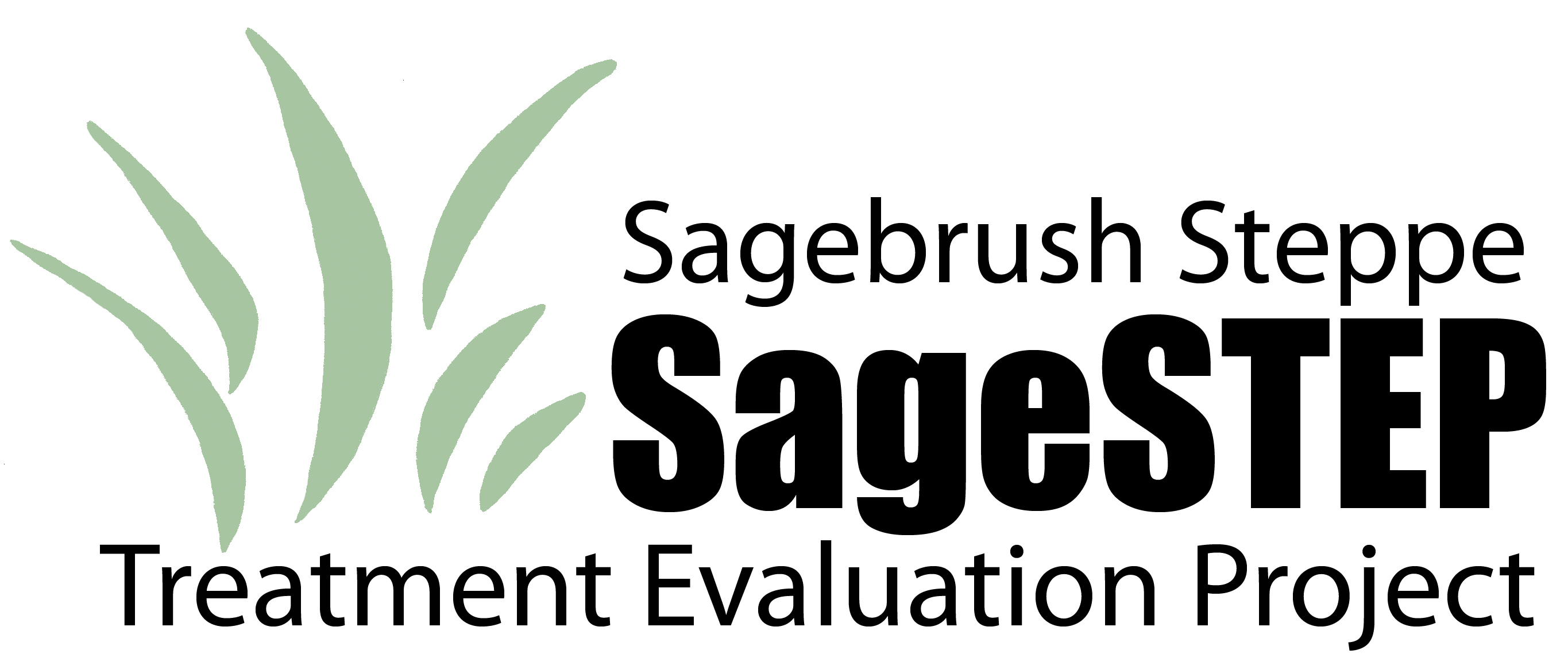Document Type
Report
Journal/Book Title/Conference
Nevada Pinyon-Juniper Restoration and Utilization Summit
Publisher
SageSTEP
Publication Date
12-8-2010
First Page
1
Last Page
6
Abstract
Wildfire suppression costs in the United States have increased steadily over the last decades (Stephens and Ruth 2005, Calkin et al. 2005, Gebert et al 2007, Westerling et al. 2006, GAO 2007), with related expenditures by the U.S. Forest Service and Bureau of Land Management exceeding a billion dollars per year in four out of the seven years leading up to 2006 (Gebert et al 2008). Pre-fire vegetation management on public lands is recognized as an important tool for reducing expected wildfire suppression costs (GAO 2007).Using data from wildfire suppression costs across the US, Lankoande and Yoder (2006) estimate that each dollar spent on fire suppression reduces damage by 12 cents; while each dollar spent in pre‐fire preparedness yields a return of $3.76 in fire suppression cost reduction. Information of this type is necessary for cost‐effective public lands management. However, to date there is no similar information about the economic returns from fuels treatments on Great Basin rangelands. This research brief describes one part of an economic study being conducted through the SageSTEP project (McIver et al 2010; Rollins, Kobayashi and Taylor 2010) that estimates the economic benefits of pre‐fire fuels treatment on sagebrush rangelands.
Recommended Citation
Rollins, K. and M. Kobayashi. 2010. Estimating Expected Fire Suppression Cost Savings due to Vegetation Management on Pinyon Pine and Juniper Invaded Sagebrush Rangelands. Nevada Pinyon-Juniper Restoration and Utilization Summit, Las Vegas, NV, December 8-9, 2010.



